Clemens Icheln
Study of 5G base station antenna array performance for self-interference reduction
May 23, 2024Abstract:The study of 5G base station antenna array performance for self-interference reduction is derived. The line of sight signal channel model and Rayleigh channel model are developed. The relevant calculations for channel capacities are shown. This is the pre-material for this study. More results and conclusions will be presented soon.
Permittivity Characterization of Human Skin Based on a Quasi-optical System at Sub-THz
May 20, 2024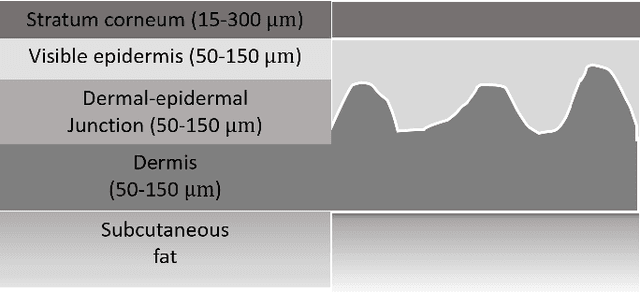
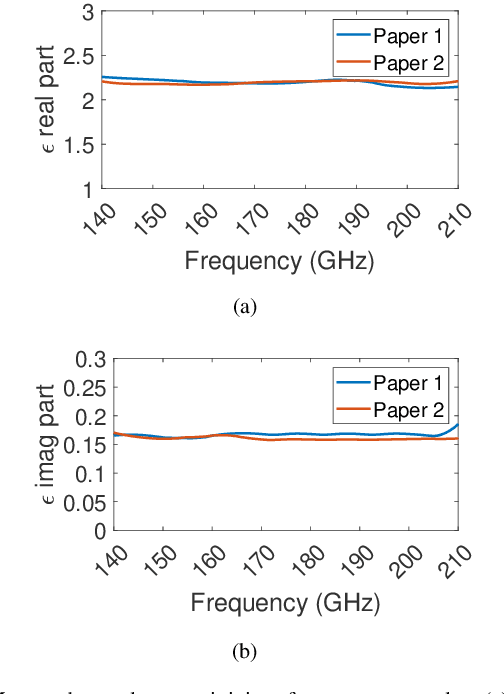
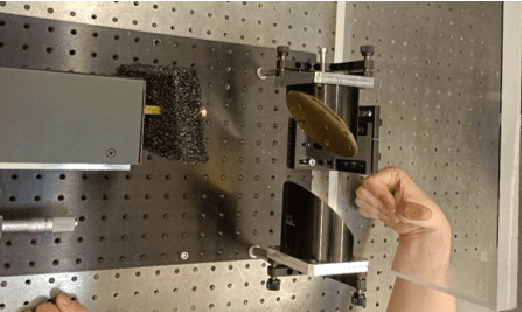
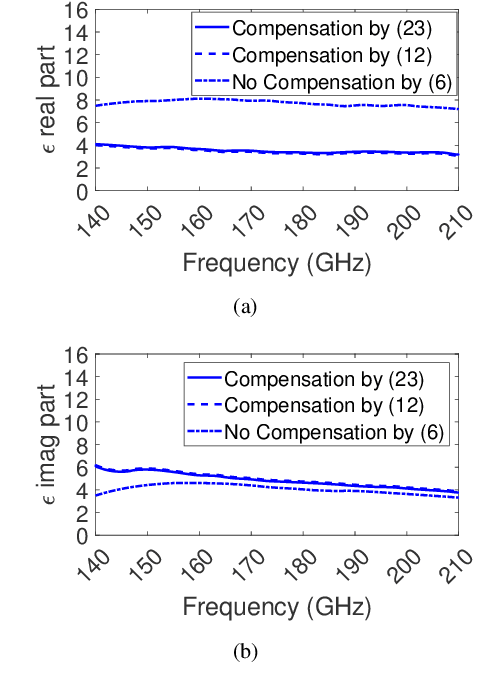
Abstract:This paper introduces a novel approach to experimentally characterize effective human skin permittivity at sub-Terahertz (sub-THz) frequencies, specifically from $140$~to $210$~GHz, utilizing a quasi-optical measurement system. To ensure accurate measurement of the reflection coefficients of human skin, a planar, rigid, and thick reference plate with a low-loss dielectric is utilized to flatten the human skin surface. A permittivity characterization method is proposed to reduce permittivity estimation deviations resulting from the pressure effects on the phase displacements of skins under the measurements but also to ensure repeatability of the measurement. In practical permittivity characterizations, the complex permittivities of the finger, palm, and arm of seven volunteers show small standard deviations for the repeated measurements, respectively, while those show significant variations across different regions of the skins and for different persons. The proposed measurement system holds significant potential for future skin permittivity estimation in sub-THz bands, facilitating further studies on human-electromagnetic-wave interactions based on the measured permittivity values.
Human Skin Permittivity Characterization for Mobile Handset Evaluation at Sub-THz
May 09, 2024Abstract:This manuscript proposes a method for characterizing the complex permittivity of the human finger skin based on an open-ended waveguide covered with a thin dielectric sheet at sub-terahertz frequencies. The measurement system is initially analyzed through full-wave simulations with a detailed finger model. Next, the model is simplified by replacing the finger with an infinite sheet of human skin to calculate the forward electromagnetic problem related to the permittivity characterization. Following this, a radial basis network is employed to train the inverse problem solver. Finally, the complex permittivities of finger skins are characterized for 10 volunteers. The variations in complex relative permittivity across different individuals and skin regions are analyzed at 140~GHz, revealing a maximum deviation of $\pm 0.7$ for both the real and imaginary parts. Repeated measurements at the same location on the finger demonstrate good repeatability with a relative estimation uncertainty $<\pm 1\%$.
Complex Permittivity Characterization of Low-Loss Dielectric Slabs at Sub-THz
May 09, 2024Abstract:This manuscript presents a novel method for characterizing the permittivities of low-loss dielectric slabs in sub-terahertz (sub-THz) frequencies, specifically above 100 GHz using a quasi-optical system. The algorithm is introduced with detailed derivations, and the measurement sensitivity is analyzed through simulations. Subsequently, the method's validity is established via simulations, demonstrating high accuracy (error 0.1% for the loss tangent) for a 30 mm thick plate material and relatively lower accuracy (error <5% for the loss tangent) for a 6 mm thick plate material. Notably, this accuracy surpasses that of the approach presented in [1] when the same window width is used to extract signals. Furthermore, a comparison between the permittivities of plexiglass with a 30 mm thickness characterized by the proposed method and the approach in [1] reveals a maximum difference in the dielectric constant of 0.011 and in loss tangent of 0.00071 from 140 to 220 GHz. Finally, the relative complex permittivities of plexiglass at 142.86 GHz obtained by both methods are compared with the reference values provided in [2], exhibiting differences of 0.06 in the dielectric constant.
Impacts of Real Hands on 5G Millimeter-Wave Cellphone Antennas: Measurements and Electromagnetic Models
Aug 03, 2022
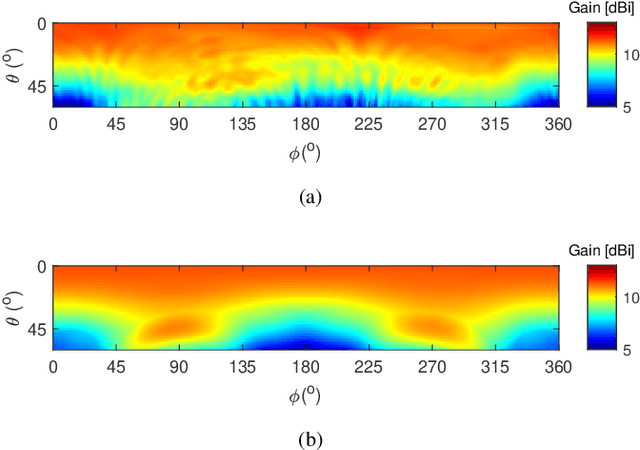
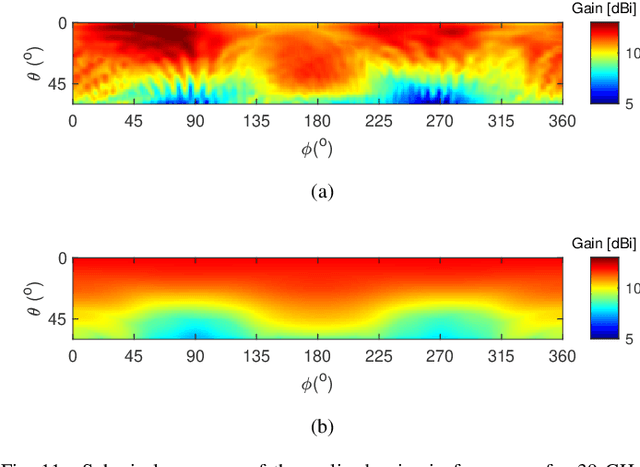
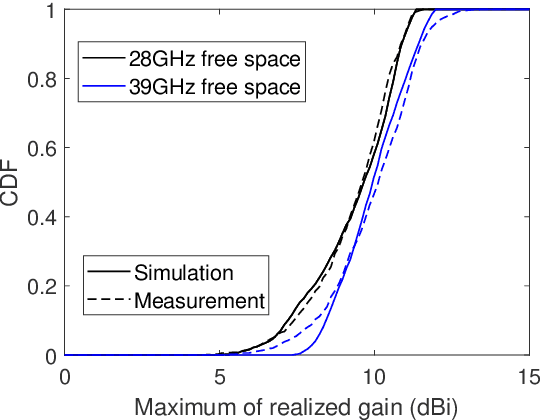
Abstract:Penetration of cellphones into markets requires their robust operation in time-varying radio environments, especially for millimeter-wave communications. Hands and fingers of a human cause significant changes in the physical environments of cellphones, which influence the communication qualities to a large extent. In this paper, electromagnetic models of real hands and cellphone antennas are developed, and their efficacy is verified through measurements for the first time in the literature. Referential cellphone antenna arrays at $28$ and $39$~GHz are designed. Their radiation properties are evaluated through near-field scanning of the two prototypes, first in free space for calibration of the antenna measurement system and for building simplified models of the cellphone arrays. Next, radiation measurements are set up with real hands so that they are compared with electromagnetic simulations of the interaction between hands and simplified models of the arrays. The comparison showed a close agreement in terms of spherical coverage, indicating the efficacy of the hand and antenna array models along with the measurement approach. The repeatability of the measurements is $0.5$~dB difference in terms of cumulative distributions of the spherical coverage at the median level.
Ultrawideband Antenna Systems Embedded into a Load Bearing Wall for Connected Buildings
Jul 13, 2022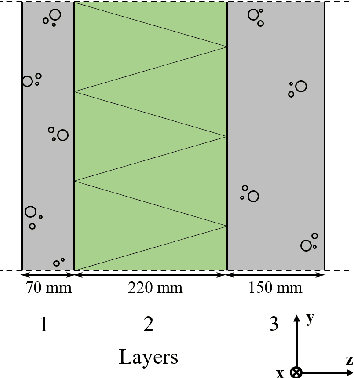
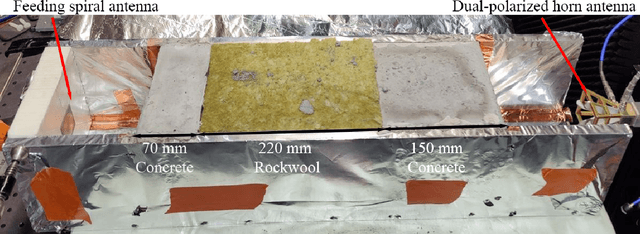
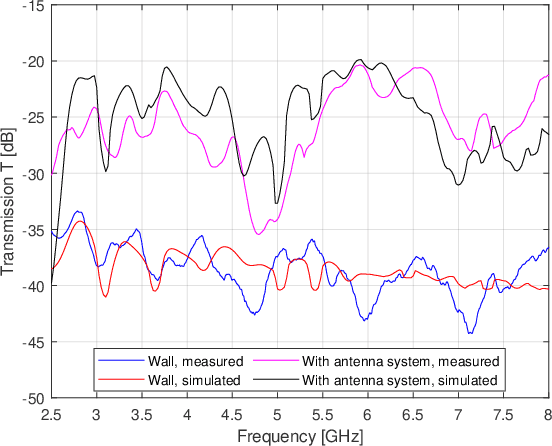
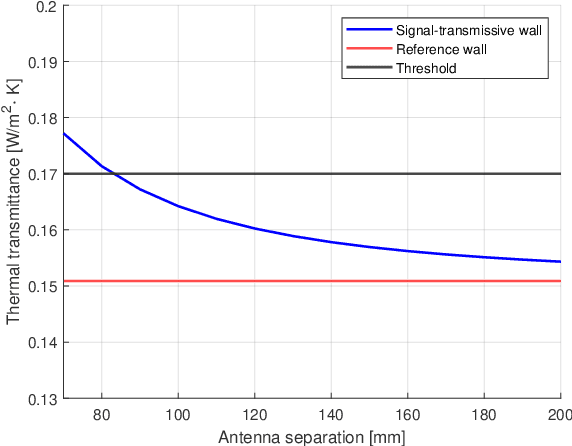
Abstract:The importance of indoor mobile connectivity has increased during the last years, especially during the Covid-19 pandemic. In contrast, new energy-efficient buildings contain structures like low-emissive widows and multi-layered thermal insulations which all block radio signals effectively. To solve this problem with indoor connectivity, we study passive antenna systems embedded in walls of low-energy buildings. We provide analytical models of a load bearing wall along with numerical and empirical evaluations of ultrawideband back-to-back antenna spiral antenna system in terms of electromagnetic- and thermal insulation. The antenna systems are optimized to operate well when embedded into load bearing walls. Unit cell models of the antenna embedded load bearing wall, which are called {\it signal-transmissive walls} in this paper, are developed to analyze their electromagnetic and thermal insulation properties. We show that our signal-transmissive wall improves the electromagnetic transmission compared to a raw load bearing wall over a wide bandwidth of 3-8 GHz, covering most of the new radio frequency range 1 (NR FR1), without compromising the thermal insulation capability of the wall demanded by the building regulation.
 Add to Chrome
Add to Chrome Add to Firefox
Add to Firefox Add to Edge
Add to Edge